Because of the water that collects in porous ceramic and tiles stair treads, they are difficult to clean. Waterproofing tiles are created by sealing them. Ceramic and tiles materials that are porous and used on a staircase, such as terracotta tile, can take in water when it rains.
The tiles’ ability to absorb water poses a potential risk to the supporting structure of the staircase, which might potentially cause structural problems. Porous tiles need to be sealed to prevent them against damage caused by water and mildew, and this is particularly important if the tiles are going to be installed in a high-humidity environment such as a kitchen or bathroom.
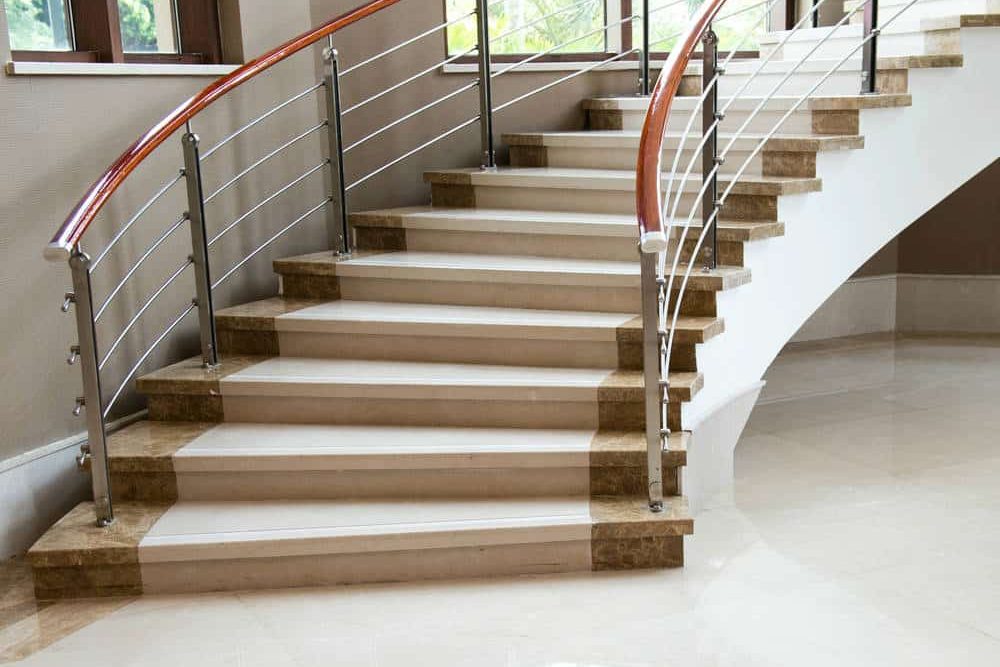
Glazed ceramic tiles, on the other hand, do not need any kind of sealing. Because they have been waterproofed, the steps are protected from damage caused by moisture and degradation.
After that, we will do the required maintenance on a regular basis. In most cases, glazed ceramic and porcelain tiles may be left untreated without suffering any long-term harm; nevertheless, treating them with a sealant can help them maintain their beauty. You face the danger of water staining and harming the tiles over time if you choose porous, unglazed terracotta or natural stone tiles for your new floor. These types of tiles are more susceptible to damage.
It is possible that porous tiles can self-seal more readily than you would think, but in order to get the best possible results, you will need to use the appropriate sealant and learn how to apply it properly.
The kind of tile that will be used must be decided. Even though it would seem silly to do so, bringing an additional tile with you to the shop is a good idea if you are unsure of the material that your existing tiles are composed of. This is especially true if you do not know the exact composition of your tiles. The bare minimum required is for you to be aware of whether or not the tile you are using is permeable.
The resilience of a tile may be evaluated by applying a damp sponge to its surface and letting it remain there for a brief length of time. If picking up the sponge causes a black stain to appear, then the tiles that you have are porous.

Take caution while selecting a sealant. Be sure that the tile you want to use is compatible with the sealer you intend to put on it by doing some research beforehand. The majority of tiles need a penetrating sealer that is able to fill in any minor gaps that may be present as a result of their natural structure. Because of this, the tile will not be harmed by any spills that may occur.
Gather up all of the necessary sealant materials. There are a variety of methods available for applying tile sealant, with the use of a sponge being one of the more straightforward approaches. When applying the product, use a sponge that is pristine, freshly purchased, and devoid of any particles that could get loose.
Using the sponge in an even manner is made much simpler by a container that is both small and shallow. Put on some gloves to shield your hands from the elements.
Make sure the tiles are ready. To make the tiles ready for sealing, you need to wash them with a gentle detergent and a sponge. It is not recommended to seal the tiles until after they have fully dried out. They need to be completely dry for the sealant to perform correctly, which might take anywhere from 12 to 24 hours.
Apply the sealer to the area. Before using the sealer, you need to make sure that you have read and understood all of the instructions and safety warnings that the manufacturer has provided. The application of sealant often consists of rubbing it on and then wiping it off after it has been applied.
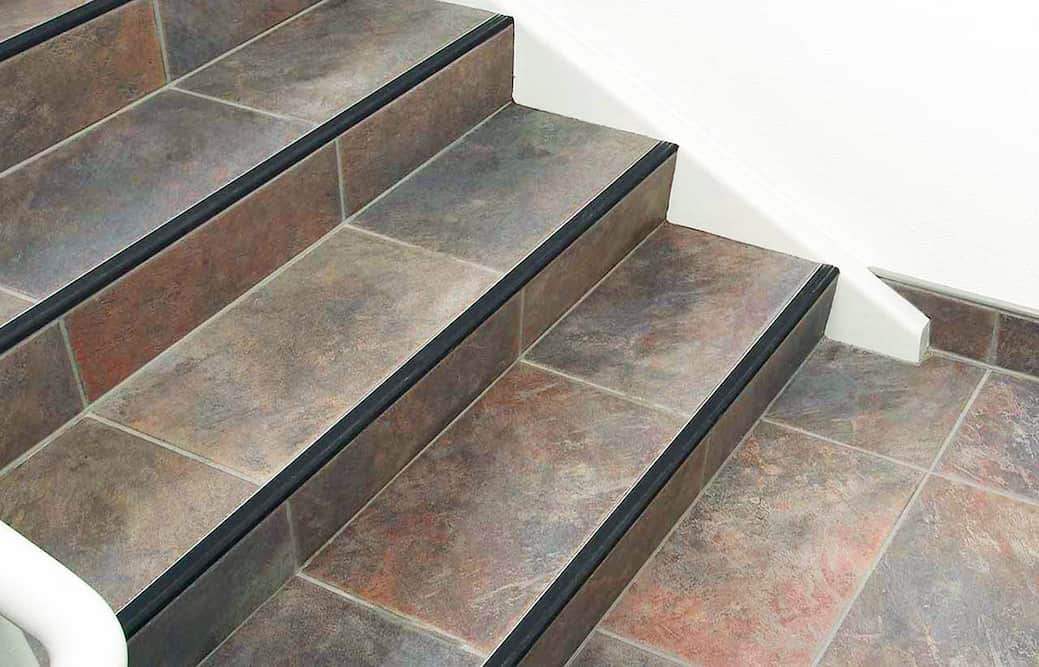
When applying a generous amount of sealant to the tile area, use a sponge that has been well coated in the material to apply the sealant.
Wait at least twenty minutes for the sealant to harden completely before attempting to remove any excess with a slightly moist sponge. At a minimum of four further times, carry out the operation.
Wait. Before walking back on the floor for the first time after the final coat has been applied, wait the requisite amount of time for the floor to dry as specified by the manufacturer.
Hard surface stairs may be configured in literally hundreds of different ways, but they can be broken down into two primary categories: porous and nonporous.
When it comes to dirt and wetness, a nonporous tile is the finest option. Tiles made of ceramic or porcelain that have been glazed would fall under this category. Traditional unglazed tile and grout, along with limestone, concrete, and brick are all types of flooring that fall under the category of being porous.
The vast majority of business and healthcare institutions use porous flooring, even though nonporous floors are far simpler to clean and maintain. This is the case for obvious reasons related to security. Because of its increased traction, the porous surface reduces the likelihood of sliding and falling.
Porous flooring may gradually become damaged and dirty due to the accumulation of dirt and moisture, even though safety is a significant benefit of this kind of flooring.
In addition, there is a possibility that smelly bacteria may begin to grow. In addition, the primary benefit of having a dirty porous floor is nullified if it ever gets wet and turns into a surface that is very hazardous to walk on.
Some CEOs want to have their floors sealed so that they remain free of dirt and other particles over time. The sealer that is used must be appropriate for the kind of flooring that is being installed. Despite this, they are all designed to perform the same job. By establishing a barrier on the surface of the floor, they stop dirt and debris from penetrating the surface and being lodged there.
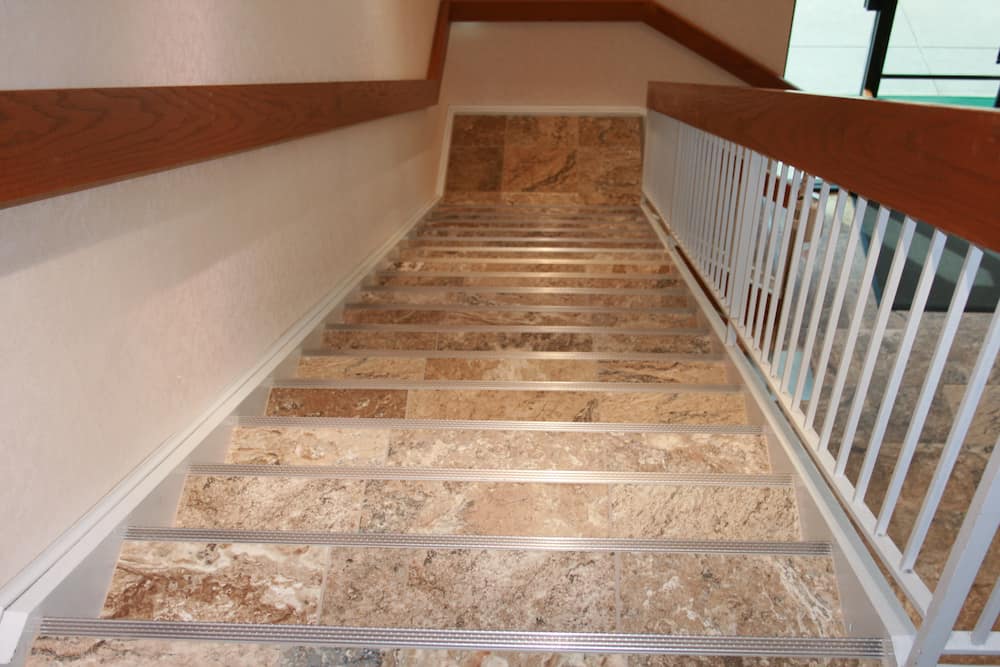
The difficulty is that the efficiency of the sealer decreases with time and with continued use. Due to the absence of shielding, the floor is open to the possibility of contamination.
A further reason why many businesses don’t seal their floors is that doing so requires a lot of time and money to maintain, both of which are significant factors. In the end, the floor sealer dries up and has to be removed for a fresh coat to be applied; this is similar to the process that finish goes through (wax). In certain businesses, one of the most significant sources of worry is the environmental toll that is taken by the use of particular floor cleaning methods.
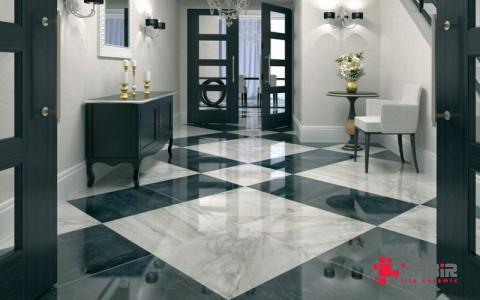
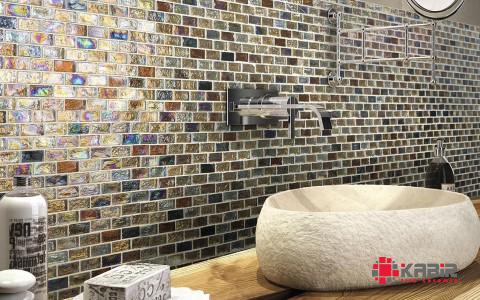

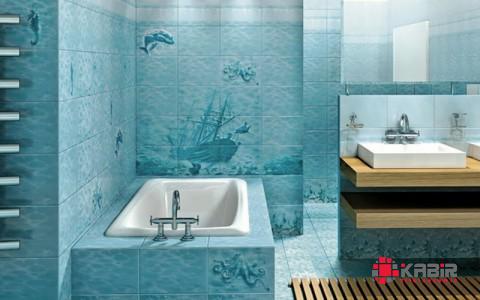
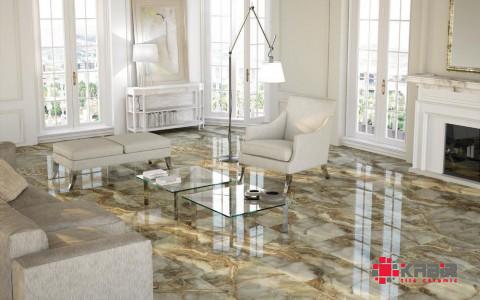
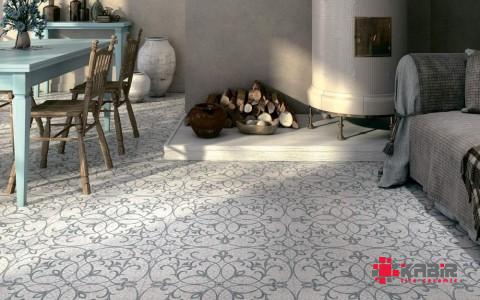



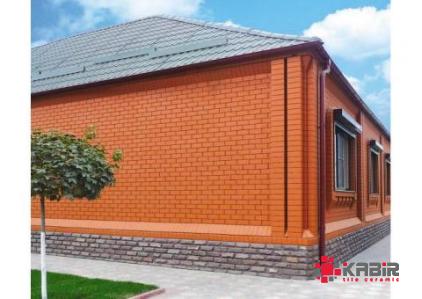
Your comment submitted.